Allen Lab
J. Craig Venter Institute / Scripps Institution of Oceanography

Ellen Browning Scripps Memorial Pier
October 2022 –
In San Diego, I learned how to make plasmids, saw Photo 51, and gained a whole new appreciation for tacos.
I kicked off this leg of my HCM journey with a month spent in Dr. Andy Allen’s lab at the J. Craig Venter Institute & Scripps Institution of Oceanography. My goal was to learn how to knock out a gene of interest to determine its function. The idea here is that if we want to find the function of a certain gene in a diatom cell, we can genetically manipulate the diatom to debilitate our gene of interest. Then, we examine how a diatom with a ‘healthy’ gene (wild-type) responds to environmental conditions compared to a diatom with a debilitated (knock-out) gene. If for example, the knock-out diatom cannot take up nitrate but the wild-type can, then we may deduce that the gene is involved in nitrate uptake.
On my first day here, I got off the #30 bus and walked down a long winding driveway leading to JCVI. The institute is housed in a beautiful, state of the art facility that overlooks the La Jolla area and the Pacific Ocean. I walked through the doors to the main lab, and was met with an endless expanse of benches, instruments, equipment, and people busy with experiments. This open space is occupied by scientists working on various topics – synthetic biology, human health, environmental sustainability. They all share resources and have opportunities to interact and learn from each other.
I thought to myself: this must be what science heaven looks like!



Plasmids and new perspectives
My excitement and awe persisted as I chatted with members of the Allen lab about their experiments, and their various approaches to combining cell biology and oceanographic research. In the lab, I spent most of my time working with Anne Schulberg, a PhD student in the group, to get as much hands-on experience as possible with gene editing methods. We worked on designing short fragments of DNA, which we then joined into continuous circles of DNA known as plasmids.
Among other components, these plasmids contained the genetic information for a CRISPR/Cas9 system, which, when inserted into a living target cell, finds the gene of interest and repeatedly cuts it until the gene is rendered ineffective. We were able to go through many steps of this procedure, which felt like magic to me – each step taught me new techniques and opened my eyes to new ideas I can explore in my own research. Throughout this visit, I experienced a new (to me) science culture, and new ways of thinking about cell biology and oceanography.

DNA bands on agarose gel – less DNA next time!

Plasmid-containing E. coli cells growing on selective media.
Photo 51
While at JCVI, I was also given the opportunity to see the original Photo 51 – Rosalind Franklin’s X-ray diffraction photo, which captured DNA’s double helix structure for the first time. The phenomenal staff at JCVI (thank you Shawna!) coordinated with Heather Kowalski, Dr. Craig Venter’s wife, to open the JCVI archives and share this piece of history with me.
I spent half an hour examining the picture and its negatives, and while I do not understand the faintest thing about X-ray crystallography, I couldn’t help but feel inspired by what was in my hands – a little photo that transformed our understanding of all living things. I hope that someday Photo 51 could be displayed publicly so it can inspire people like it inspired me.

Photo 51 at the JCVI archives

Tacos, Tacos, Tacos
Tacos have had a soft spot in my heart since I’ve operated a taco food truck during my undergraduate years. I must admit, the San Diego area has -by far- the best tacos I’ve eaten. Yes, better than the ones I made on the truck. In fact, the tacos were so good, I had tacos every single day during my visit. One hot Sunday morning, I impulsively ventured south to San Ysidro and Tijuana in search for good tacos. I took a trolley all the way down to the border, and sampled every taco I could find within a 1km radius.

Thank you!
This amazing journey would not have been possible if it wasn’t for so many amazing people. Thank you to Dr. Andy Allen for hosting me. Thank you to Anne, Rob, Flip, Hong, Ariel, Hsing, Christian, Emma and other Allen group members for being so generous with your time and knowledge, and for showing me around the lab and the area. Thank you JCVI staff and scientists, Shawna, Lena, Heather and others for being so welcoming. Thank you to the Kimberley Foundation for making all this possible.


